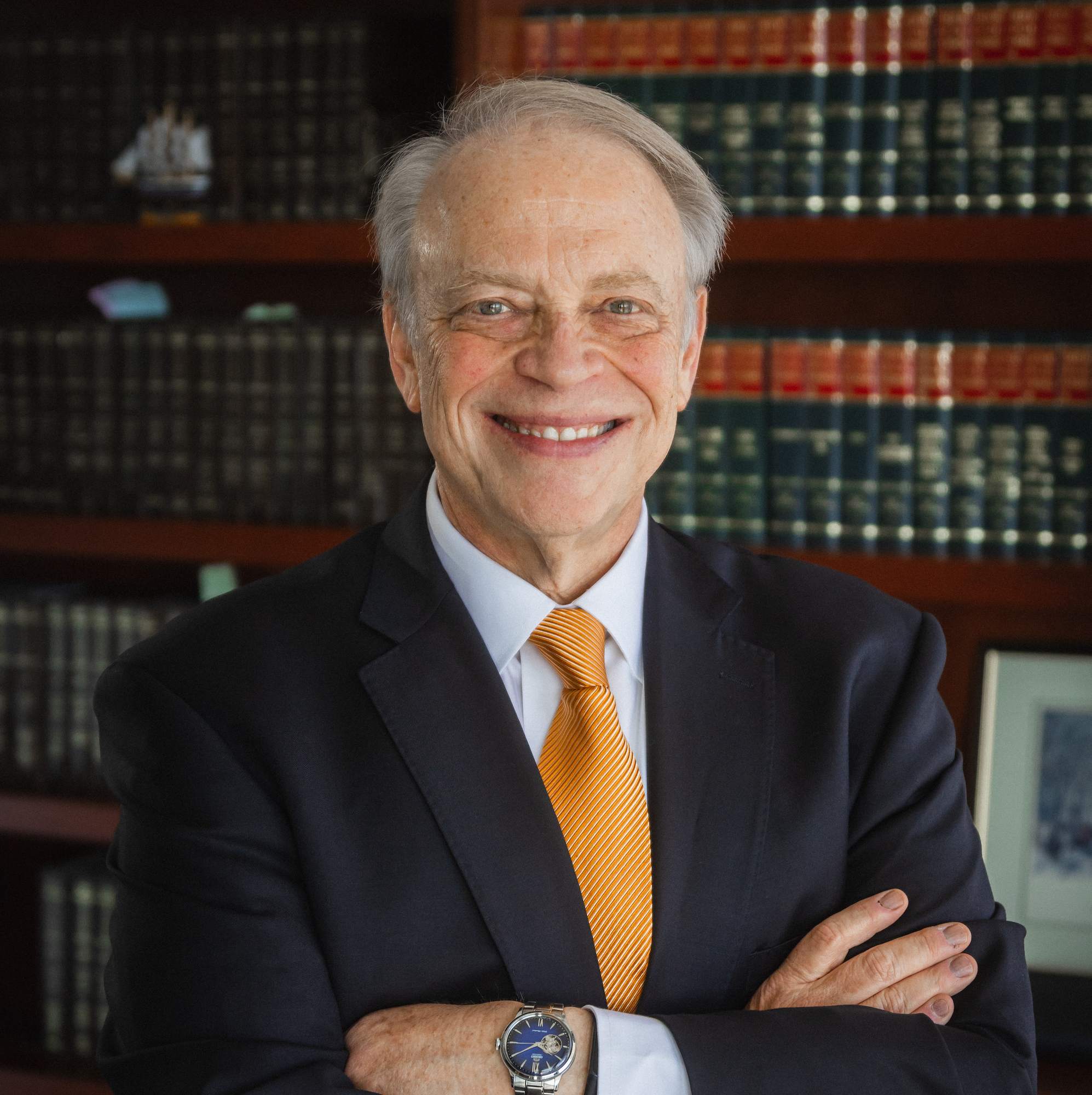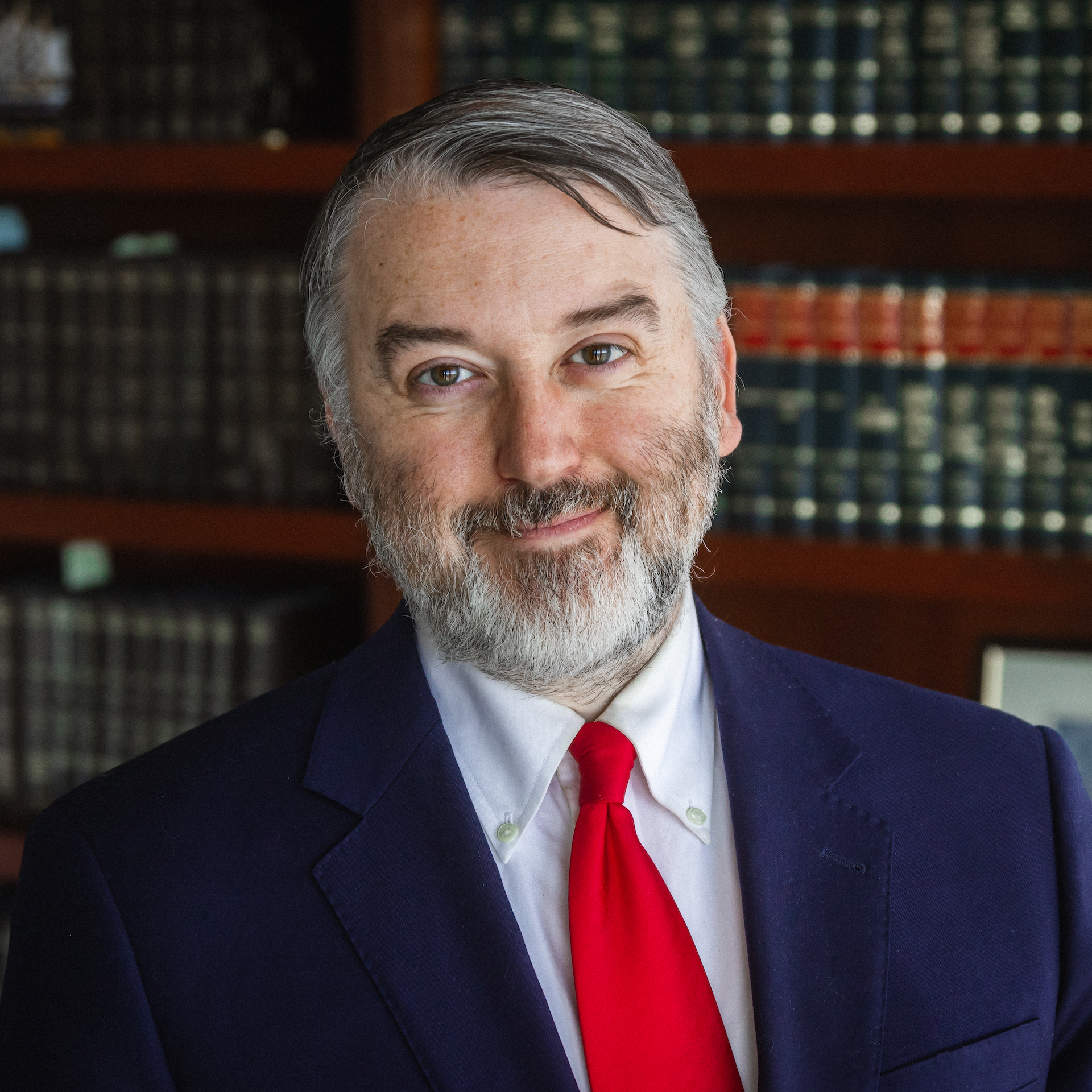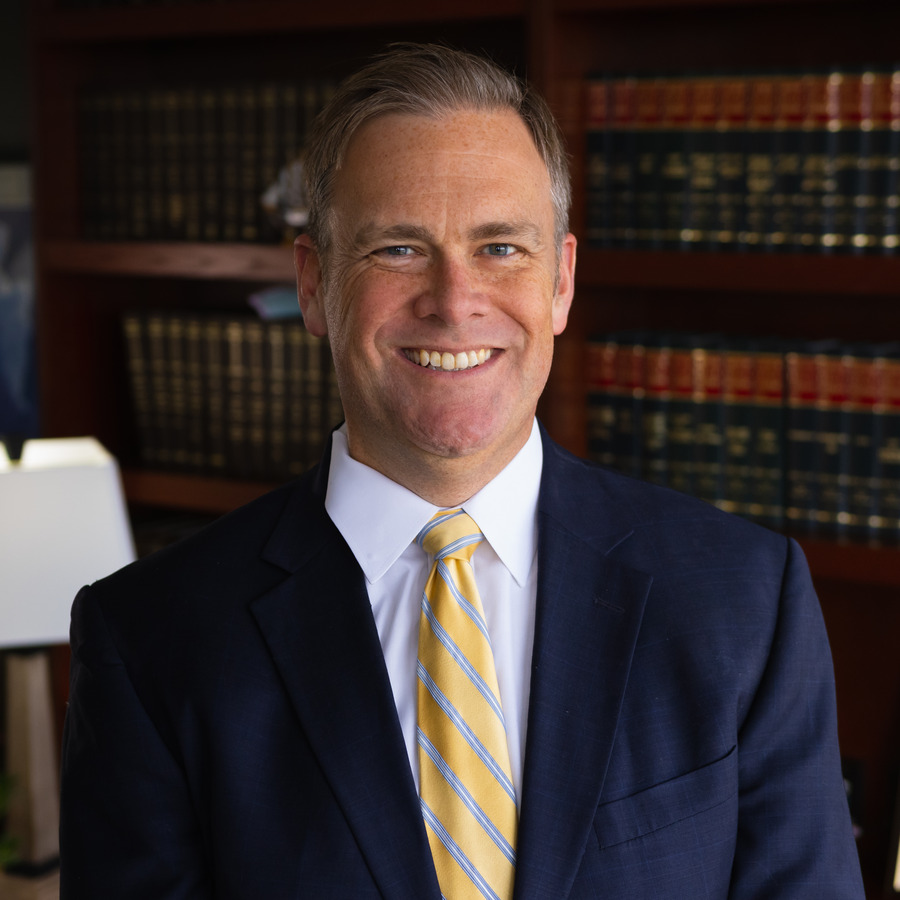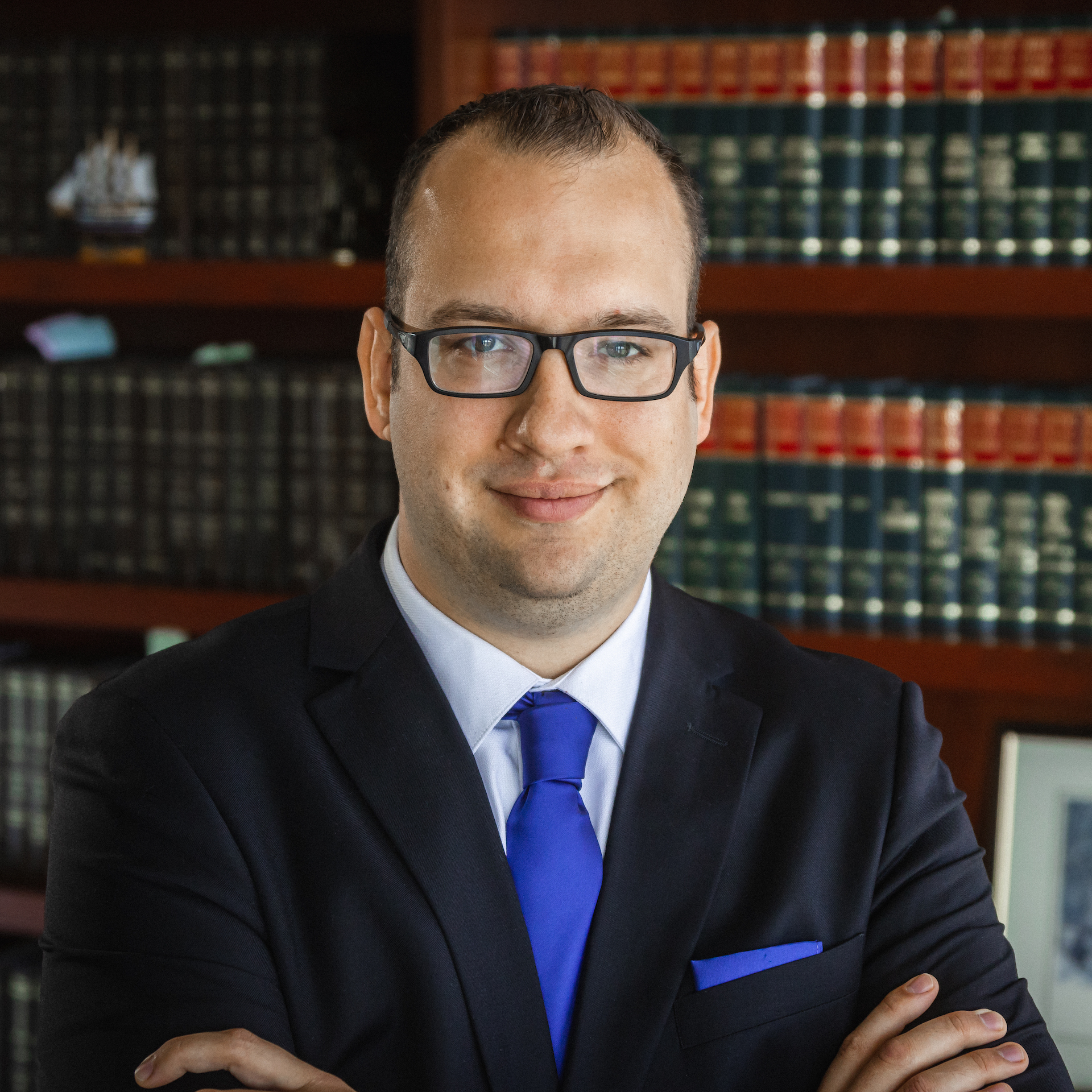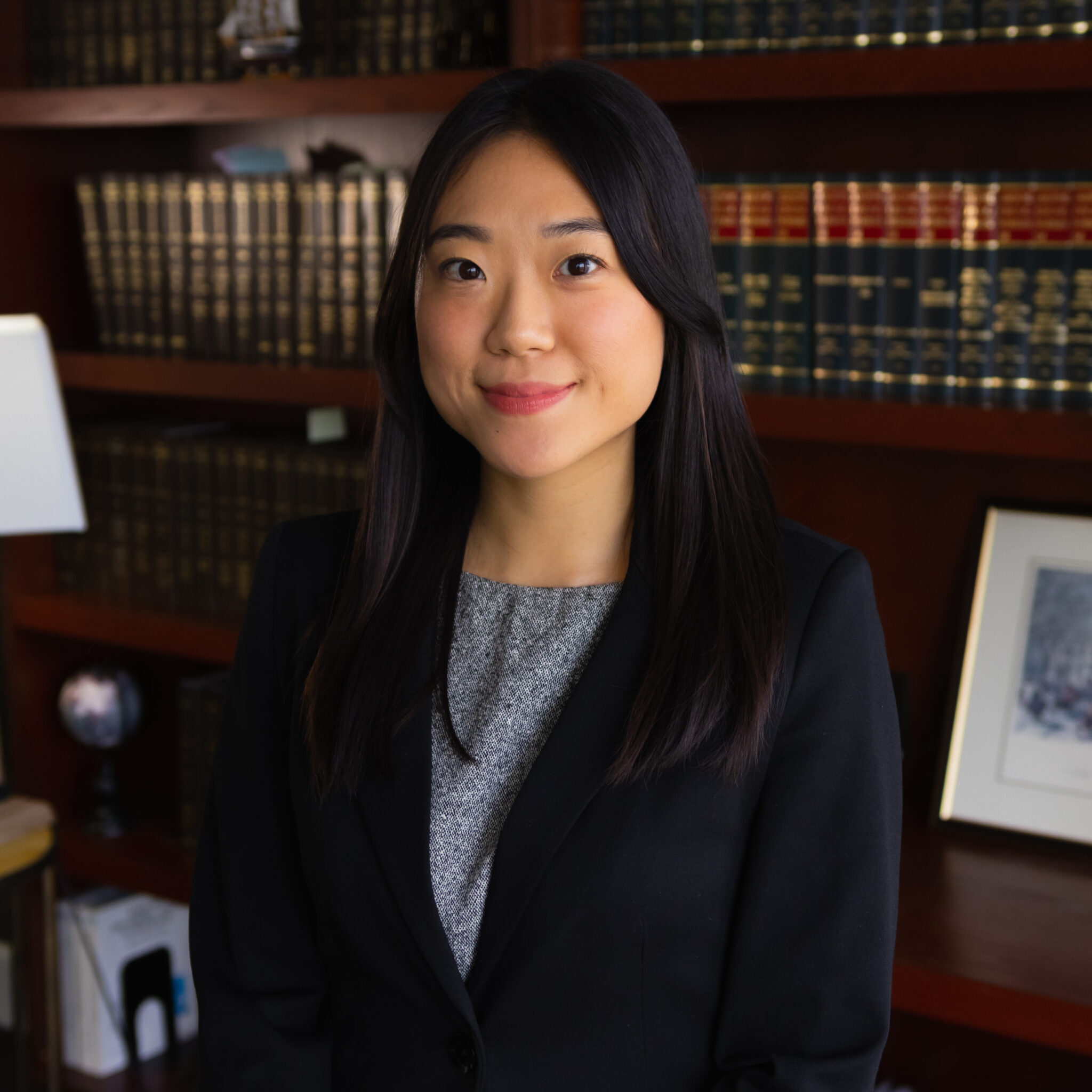
Former graduates who are suffering with excessive federal student loan debt might be unaware of beneficial repayment options. In fact, we recently wrote a blog discussing why it is so important to know what student loan repayment options are available, and how it is wrong of loan servicers to hide this information from graduates.
Graduates with federal loans (Direct loans) may also be unaware it is possible to enroll in multiple repayment programs. Among the most helpful repayment options are the Revised Pay As You Earn (also known as REPAYE) and Public Service Loan Forgiveness (PSLF) programs.
How Does REPAYE Help Student Loan Payments?
REPAYE was only recently introduced by the U.S. Department of Education to expand income-based repayment to 5 million borrowers. To help borrowers with excessive debt and low earnings, REPAYE caps monthly student loan payments at 10 percent of discretionary income. For borrowers who used loans for undergraduate degrees, remaining debt will be forgiven after 20 years of consecutive payments. Loan forgiveness kicks in at 25 years for those who borrowed for graduate or professional degrees.
Income-based programs like REPAYE do have a downside. Forgiven loan balances are treated by the IRS as taxable income. For example, let’s say a borrower has the remaining $45,000 of his or her loans forgiven after 25 years of payments. That $45,000 is counted as taxable income, which could lead to a tax bill the year it is forgiven. While REPAYE and other income-based programs are excellent for reducing monthly payments, many people are caught off guard by this, so be aware and plan ahead to make sure you are prepared.
What is Public Service Loan Forgiveness?
Public Service Loan Forgiveness is great when paired with income-based repayment programs, especially REPAYE. Borrowers can have their loans forgiven after making 10 years of payments without having to worry about giant income tax bills. However, there is a catch.
As the name implies, borrowers must work in public service jobs for 10 years while making payments. But what does that mean? Here are four types of careers that are eligible for PSLF.
- Law enforcement jobs at the county, state or federal level. This could include working at local police departments, the Federal Bureau of Investigation or the state highway patrol.
- Public service organizations such as PeaceCorps or AmeriCorps.
- Public education work at schools.
- County, state and federal government organizations.
- Partisan political organizations are not
Graduates who want to know whether they qualify for PSLF after making 10 years of payments can check with the Consumer Financial Protection Bureau for more information.
How You Can Enroll in REPAYE and Qualify for PSLF
Not everyone is eligible for REPAYE or PSLF. For borrowers who are curious to see if they are eligible, visit the website of the Department of Education and fill out the necessary forms. The Department of Education will generally ask for income information from the IRS. After signing up, the Department of Education will send IRS income information to your loan servicer (who will set up new repayment options after assessing the information).
Most important of all, these repayment programs are only available for some types of federal loans. If you have private loans, follow our blog. We regularly discuss student loans and bankruptcy, dispelling the myth higher education debt can never be discharged.
The Sader Law Firm has been featured in Missouri Lawyers Weekly for reducing a client’s student loan debt by $250,000. We offer a free, initial telephone consultation to borrowers, and after this meeting we offer a two-hour consultation to review financial documents and craft a customized plan to reduce student loan debt.
 Book an
Book an Email
Email Directions
Directions